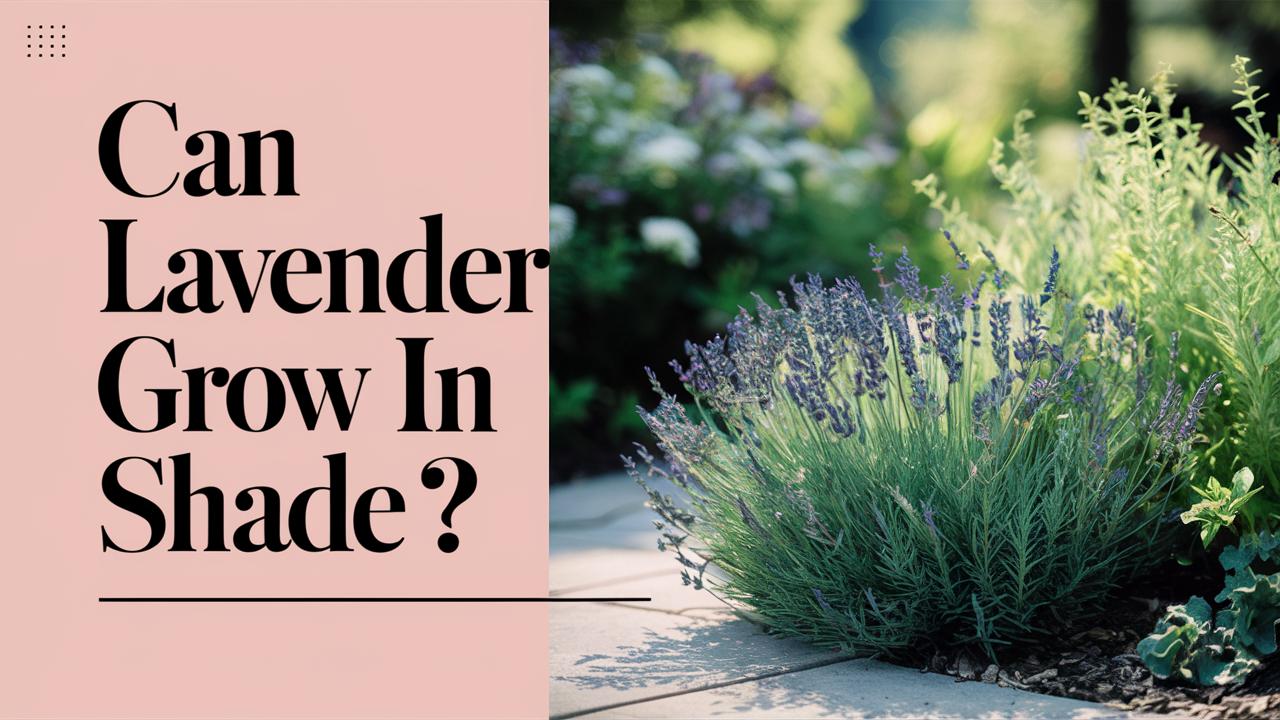In this comprehensive post, we’ll explore the optimal growing conditions for lavender, the effects of shade on its growth, and practical tips for cultivating this enchanting herb in your garden.
Understanding Lavender: A Brief Overview

Lavender plants produce slender, green stems topped with spikes of tiny purple flowers, attracting pollinators like bees and butterflies. This hardy herb prefers well-drained soil, plenty of sunlight, and low humidity—conditions that replicate its native Mediterranean habitat. With this foundation in mind, we can explore what happens when lavender is placed in shaded environments.
The Sunlight Needs of Lavender

To address the core question—can lavender grow in shade?—we must first acknowledge its specific sunlight requirements. Lavender is not just any ordinary plant; it thrives on abundant sunlight. Ideally, this fragrant herb requires at least 6 to 8 hours of direct sunlight daily. This volume of light is vital for photosynthesis, the process by which plants convert sunlight into energy. Without sufficient sunlight, lavender can struggle to grow, leading to reduced flowering, weak stems, and an overall lack of vigor.
Sunlight also encourages the essential oils within lavender to develop fully, enhancing both its fragrance and flavor. In essence, sunlight not only sustains the lavender plant but also contributes to the quality of its blooms. When grown in shade, lavender’s aromatic oils are diminished, and the plant may exhibit stunted growth. Therefore, garden enthusiasts should carefully consider their planting locations if they wish to cultivate lavender.
The Effects of Shade on Lavender Growth
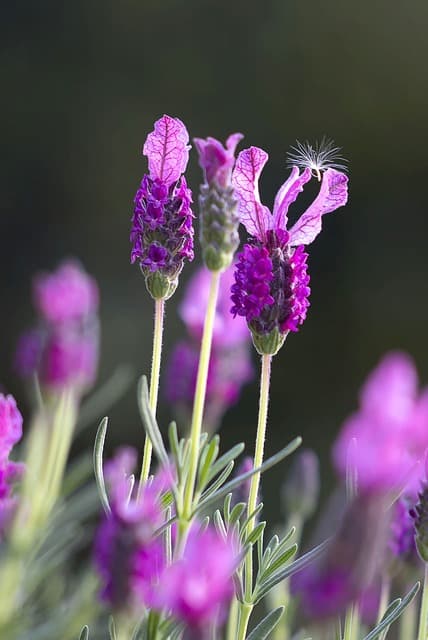
Now that we have established that lavender prefers bright light, let’s examine how different levels of shade can affect its growth. Lavender can be categorized based on its sunlight tolerance into three primary zones: full sun, partial shade, and full shade.
Full Shade
Full shade refers to areas that receive less than 3 hours of direct sunlight each day. This environment poses significant challenges for lavender. In full shade, lavender plants are likely to become etiolated, meaning they will stretch and grow leggy as they reach for any available light. This results in a weak structure, and the plants may become more susceptible to diseases, particularly root rot, due to increased moisture retention in shaded soils.
Full shade conditions typically prevent the plant from developing its fragrant oils, resulting in an underwhelming aroma and flavor. It is unlikely that lavender will survive in full shade for an extended period; however, extreme shade-tolerant varieties of other plants may thrive in such environments.
Partial Shade
Partial shade refers to areas where plants receive between 3 to 6 hours of direct sunlight daily. This condition can be more accommodating for lavender, especially in warmer climates where reflected light from neighboring structures or surfaces can help supplement the sunlight exposure.
While some lavender varieties may adapt reasonably well to partial shade, it’s essential to note that their growth may still be compromised. Lavender situated in these conditions may exhibit slower growth rates, fewer blooms, and a less intense fragrance than those grown in full sun. If you find yourself in a situation where your garden offers only partial shade, consider utilizing specific techniques to improve conditions for your lavender plants.
Dappled Sunlight
Dappled sunlight occurs when light filters through the leaves of larger trees or structures. This can create a favorable microenvironment for lavender. Many gardeners have successfully grown lavender under trees that allow for intermittent sunlight to reach the plants. In cases like these, the key is to ensure that the lavender patch receives at least several hours of bright light throughout the day.
In this situation, it’s crucial to monitor soil drainage and ensure that the lavender is not competing too vigorously with tree roots for moisture and nutrients. Ideally, the plants should be placed at a reasonable distance from their tree counterparts to achieve a balance between light, nutrients, and moisture.
Choosing the Right Lavender Varieties for Shady Conditions
If you are determined to grow lavender in shade or partial shade, selecting the right variety can make all the difference. Some species are naturally more adaptable and might flourish better under less-than-ideal light conditions.
English Lavender (Lavandula angustifolia)
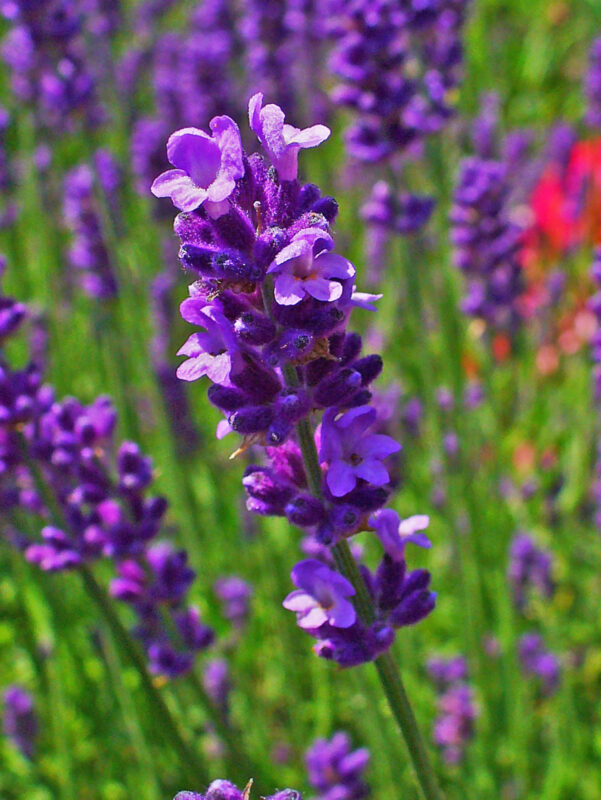
English lavender is a classic choice for gardens, known for its rich fragrance and vibrant purple flowers. While it prefers full sun, it may tolerate some partial shade, particularly in regions with cooler summer temperatures.
French Lavender (Lavandula stoechas)
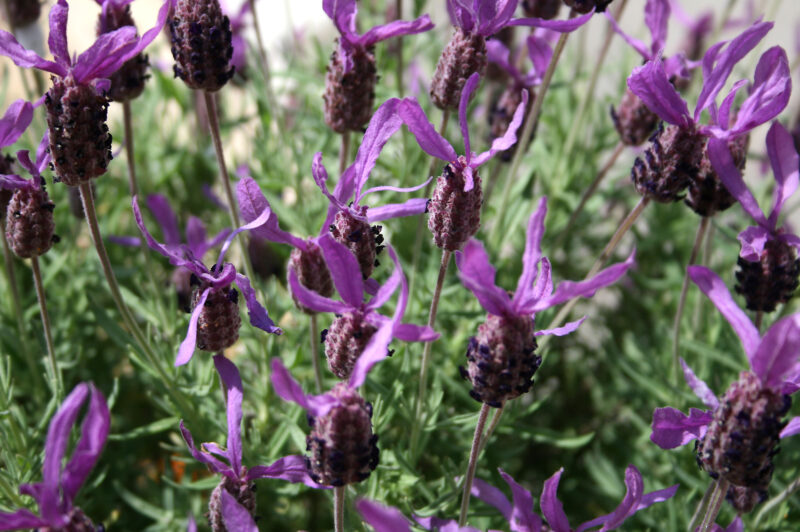
French lavender is another popular choice. While it leans toward sunny areas, it may also cope better in partial shade than some other varieties. Its unique flower formation and aroma make it a great addition to any garden.
Spanish Lavender (Lavandula spica)

Spanish lavender, characterized by its bracts resembling “rabbit ears,” is also worth considering. This variety can adapt slightly better to fluctuating sunlight conditions, but like the others, it ultimately prefers full sun for optimal health and fragrance.
Hideaway Varieties
If your garden is predominantly shaded, it might be worth considering other aromatic herbs that thrive in such conditions, such as mint or lemon balm, which can serve as a companion to any lavender you may manage to grow. It’s all about experimenting and finding what fits your unique garden situation.
Optimizing Growing Conditions for Lavender in Shade
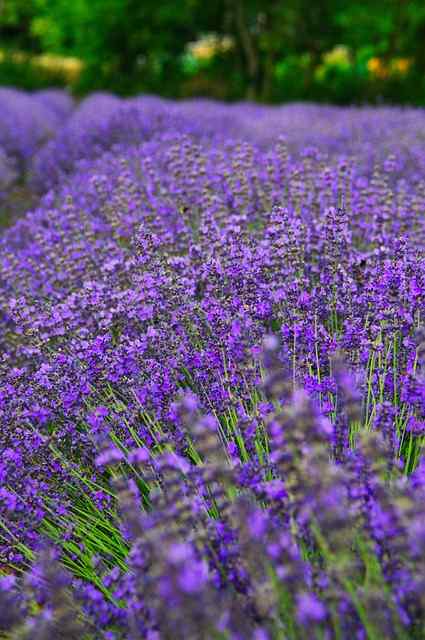
If you decide to grow lavender in less-than-ideal conditions, you can take several steps to create an environment as favorable as possible:
Improve Soil Drainage
Lavender roots are sensitive to prolonged moisture, making excellent drainage essential. You can improve drainage by using sandy or rocky soil. Incorporating organic matter like perlite or sand into your garden beds can also help create a loose, well-aerated environment perfect for lavender cultivation.
Use Raised Beds
If your garden has poor drainage due to compacted soil or a high water table, consider planting lavender in raised beds. Elevated planting areas not only enhance drainage but also allow better exposure to sunlight, minimizing the risks associated with a shaded environment.
Mulch Wisely
Using mulch around your lavender beds can help retain moisture without creating a wet environment. Choose inert materials that won’t hold onto excess moisture, like gravel or small stones. Avoid organic mulches, as they can contribute to soil moisture levels and promote rot.
Positioning and Layout
When planting lavender in shaded areas or alongside other plants, be mindful of how neighboring plants might influence both light and moisture levels. Alternating taller plants that provide dappled shade with lower-growing varieties can create a balance that benefits lavender.
Care Between the Lines: Essential Lavender Maintenance
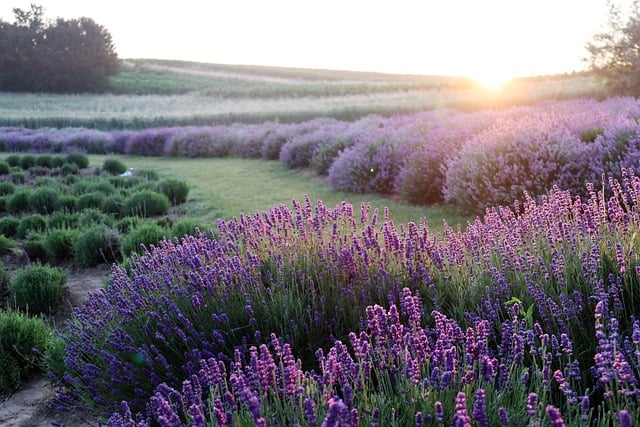
While lavender is a hardy plant, the care you provide can make a significant difference, especially in suboptimal growing conditions. Here’s what you need to remember when caring for lavender in the shade:
Watering Practices
Be cautious with watering—lavender is drought-tolerant but also sensitive to overwatering. It’s better to underwater than overwater. Allow the soil to dry out between watering sessions, especially in shaded areas where moisture can linger.
Fertilization Needs
Lavender does not require excessive fertilizers. In fact, too much nitrogen can lead to lush greenery at the expense of blooms. If you do fertilize, select a low-nitrogen formula or use compost sparingly to nourish the plant and boost soil health.
Pruning for Vibrancy
Regular pruning can help your lavender stay healthy and robust. Cut back the flowering stems after blooming to encourage new growth and maintain shape. Pruning should be done in the spring or early summer, before new growth begins.
Pests and Diseases
In shaded environments, your lavender may be more susceptible to specific pests and diseases, such as fungal infections due to damp conditions. Keeping an eye on your plants and maintaining adequate airflow can mitigate these risks.
Conclusion
In conclusion, while lavender is not a shade-loving plant by nature, with careful consideration and optimization of growing conditions, success can be achieved in partial shade environments. Remember that the best results will come from a commitment to proper care, selection of suitable varieties, and the plant’s need for excellent drainage and sunlight.


